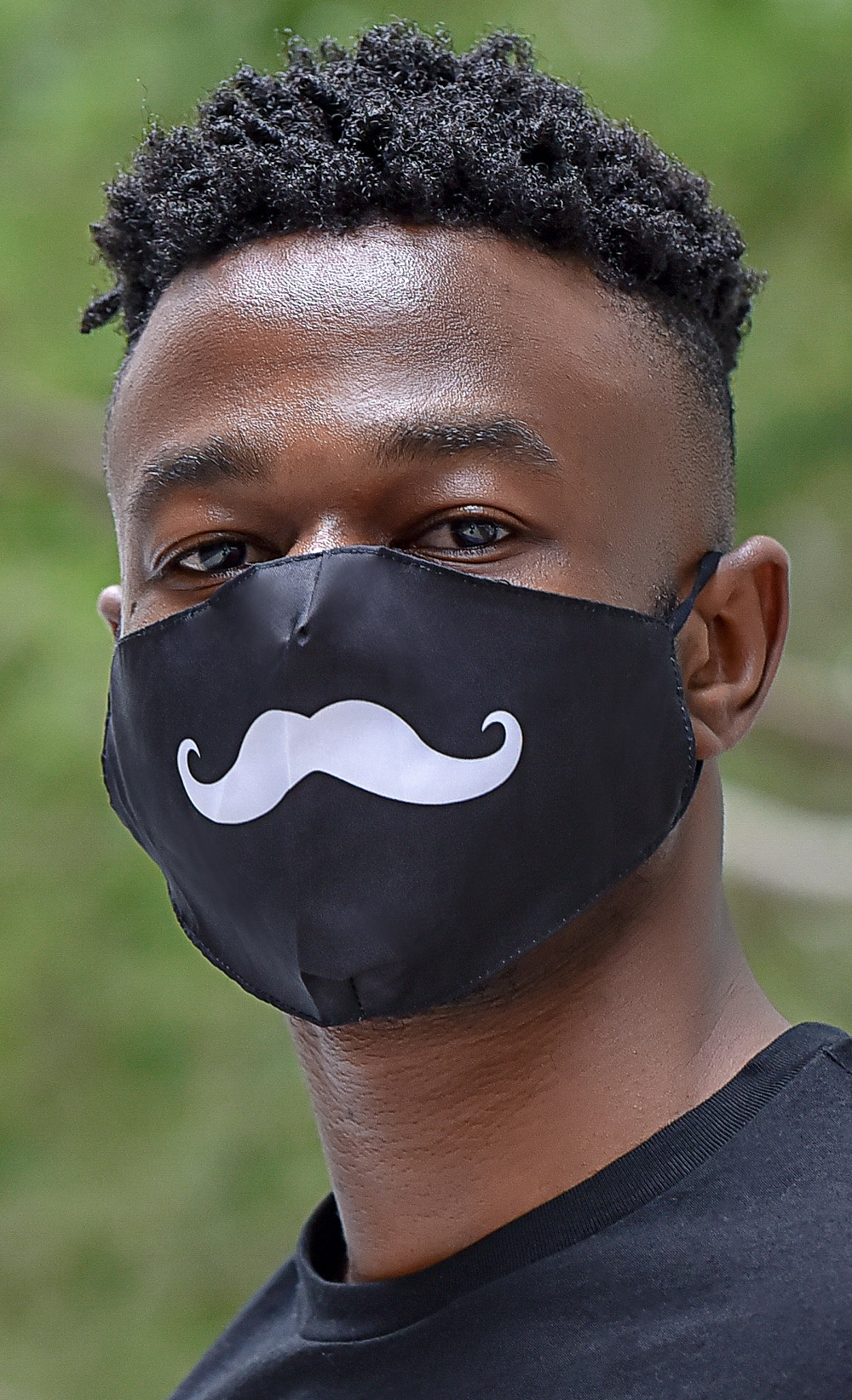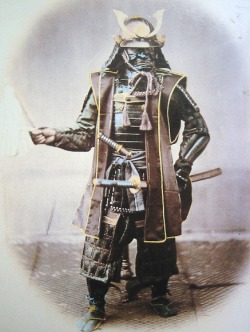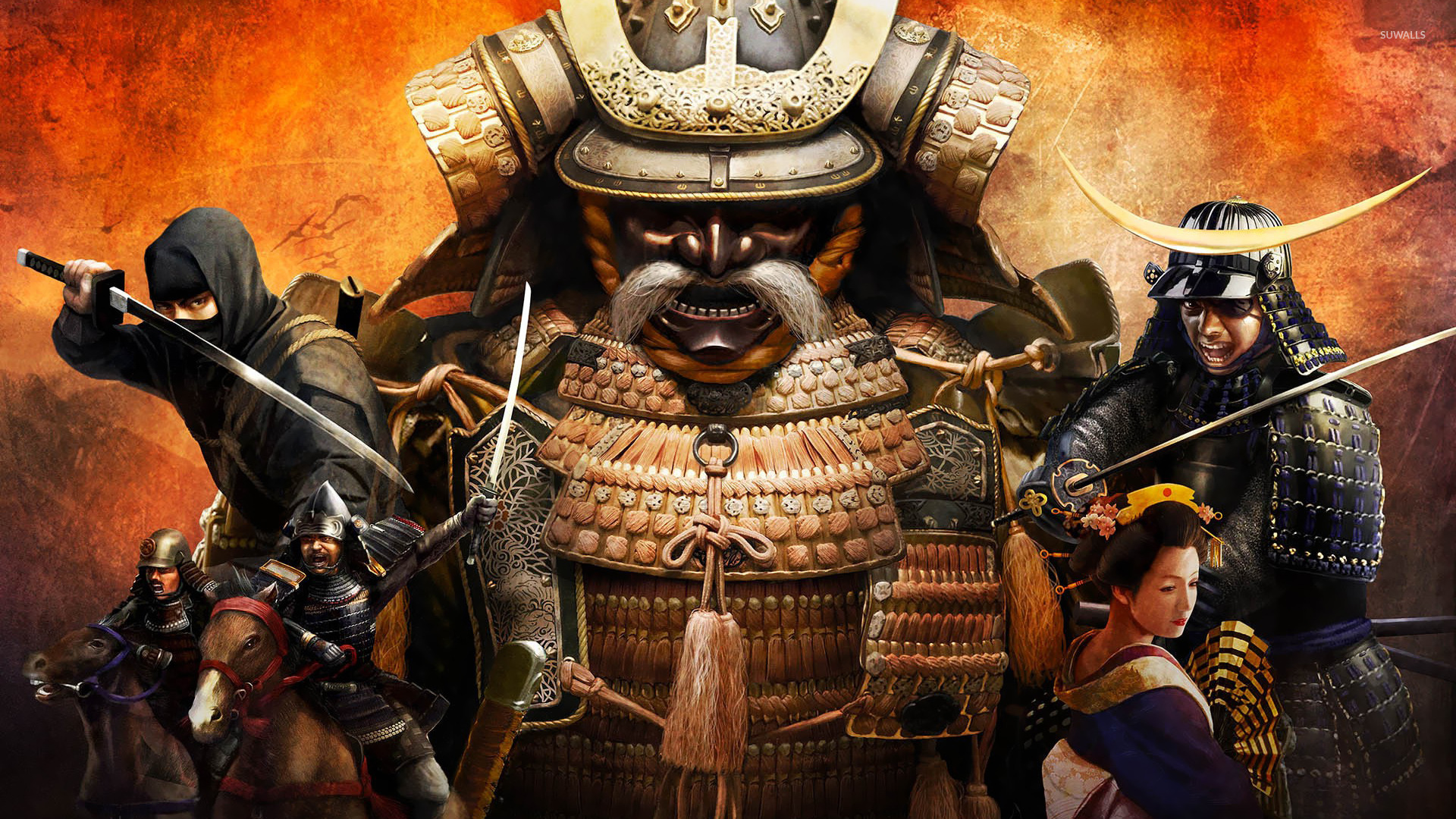
So yes, the original films were directed by Kenji Misumi, who also gave us several movies in the sagas of Zaitochi and Sleepy Eyes of Death. I only remember the Shogun’s ninja hunting us wherever we go. He became an assassin who walks the road of vengeance.

That was when my father left his samurai life and became a demon. That was the night everything changed, forever. They were supposed to kill my father, but they didn’t. Then, one night the Shogun sent his ninja spies to our house. At night, mother would sing for us, while father would go into his temple and pray for peace. He wasn’t scared of the Shogun, but the Shogun was scared of him. My father would come home to mother, and when he had seen her, he would forget about the killings. Everybody living in fear, but still we were happy. He said he had a lot of enemies, but he killed more people than that. The Shogun said the people were not loyal. People said his brain was infected by devils, and that he was rotting with evil.

The Shogun just stayed inside his castle and he never came out. He cut off the heads of 131 lords for the Shogun. He was the greatest Samurai in the empire, and he was the Shogun’s decapitator. “When I was little, my father was famous.
#The story of the evil shogun movie#
This piece of pop culture has become culture in and out of itself, informing not only the aforementioned science fiction series, as well as being the movie that the Bride watched with her daughter at the end of Kill Bill Volume 2 and the dialogue that’s sampled throughout Wu-Tang member GZA’s album Liquid Swords, including the narration that begins this film’s bloodshed,


Weisman had obtained the rights for $50,000 from the American office of Toho Studios and got a deal with Roger Corman’s New World Pictures to get it out to the grindhouses and drive-ins, while MCA/Universal Home Video released the videotape that got into rental stores. If the story of a killer redeeming himself while walking alongside a weapon-laden baby cart seems familiar, someone with a much greater budget in a galaxy far, far away would be very, very inspired by it. These Kozure Ōkami films were based on the Japanese manga Lone Wolf and Cub, which was created by the writer Kazuo Koike and the artist Goseki Kojima. But really it’s twelve minutes of Lone Wolf and Cub: Sword of Vengeance and the majority of the second film in the six-film series, Lone Wolf and Cub: Baby Cart at the River Styx. Working with Robert Houston (Bobby from The Hills Have Eyes), he created a piece of pop culture remixing that we know as Shogun Assassin. He also found himself part of Andy Warhol’s Factory and made the experimental film, Ciao! Manhattan before producing The Killing of Americaand convincing Manuel Puig to allow him to adapt his novel Kiss of the Spider Woman for film*. He followed that by working as Otto Preminger’s assistant and designing the opening of Hurry Sundown. Directly after seeing La Dolce Vita, he quit Syracuse University’s School of Fine Arts, headed off to Rome and managed to not only meet Fellini, but design the poster for 8 1/2 and work for Pasolini. David Weisman lived the kind of life that they make movies about.


 0 kommentar(er)
0 kommentar(er)
